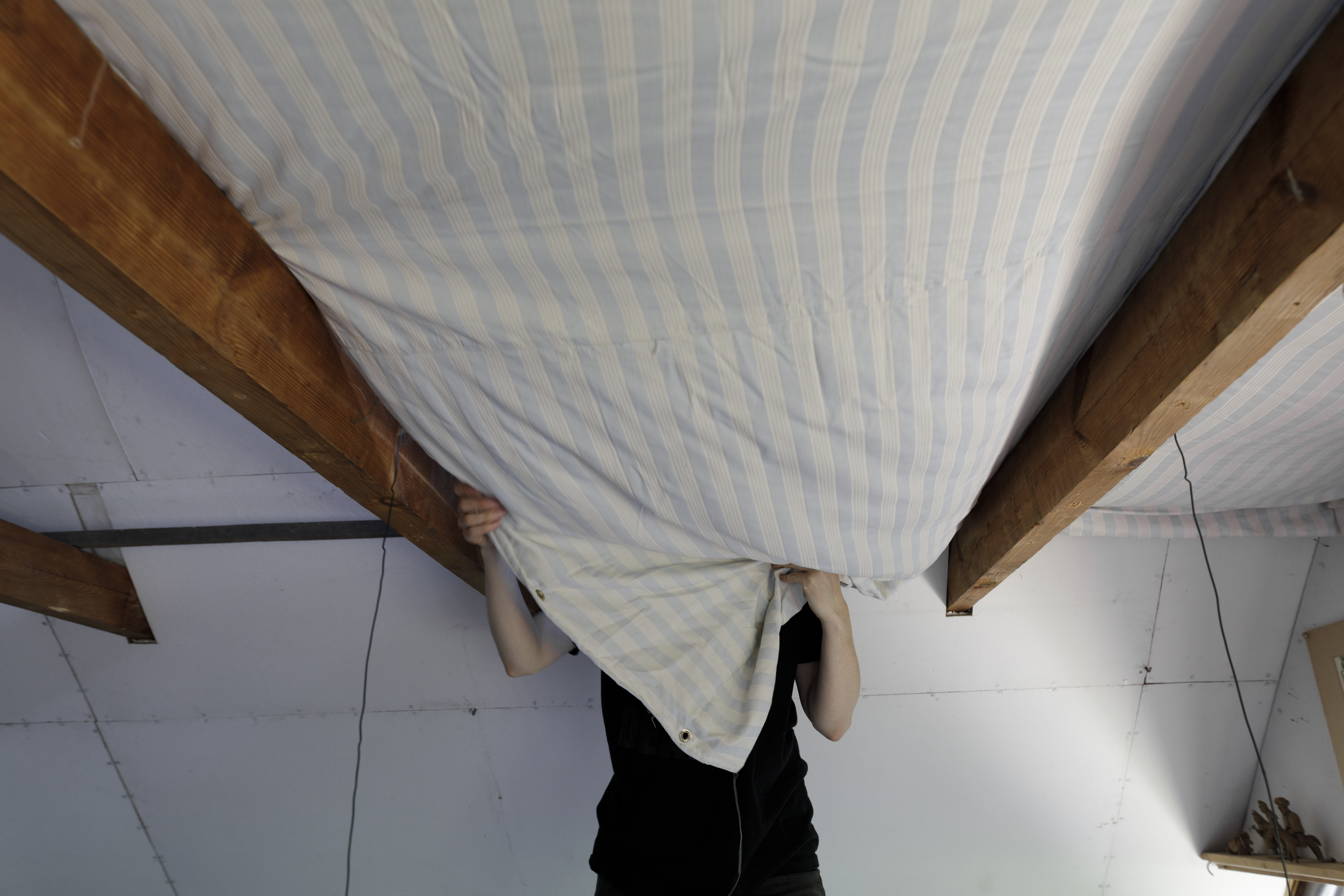The exhibition The Clothed Home: Tuning in to the Seasonal Imagination, organized by the Adam Mickiewicz Institute, represented Poland at London Design Biennale 2021 (exhibition concept: Centrala, curator: Aleksandra Kędziorek, artist: Alicja Bielawska). It was later presented at the National Museum in Krakow and the Lisbon Architecture Triennale (both 2022), and featured in Super Vernaculars – Design for a Regenerative Future, BIO27–Biennale of Design in Ljubljana (2022) and +/– 1 °C. In Search of Well-Tempered Architecture, Slovenian Pavilion at the Venice Architecture Biennale (2023). It will be presented in Vilnius in the autumn of 2023.
The first coal-fired cogeneration plant was built in 1889 in Szczecin. The biggest increase in automatic heating systems was after World War II: in 1950 the Communist Party launched a campaign for the widespread electrification in the countryside. But, in our research, we found cases of houses running only on coal or wooden stoves from the 1980s.
Jacques Pezeu-Massabuau, A Philosophy of Discomfort (London: Reaktion Books, 2012), 13–14.
The relation of textiles both to a human body and to a building has been preserved in the Polish language – for instance, Polish strój (dress), wystrój (décor) and nastrój (ambience) share the same root, similarly to German Wand (wall) and Gewand (robe, garment). See Witold Rybczynski and Sascha Roesler’s essays in The Clothed Home: Tuning in to the Seasonal Imagination (Adam Mickiewicz Institute, 2021).
